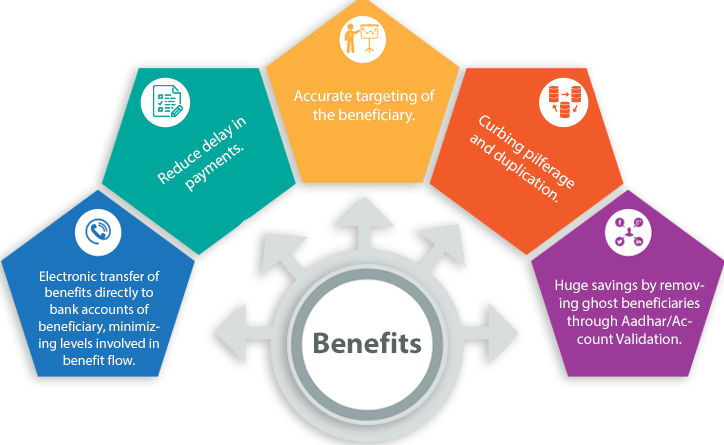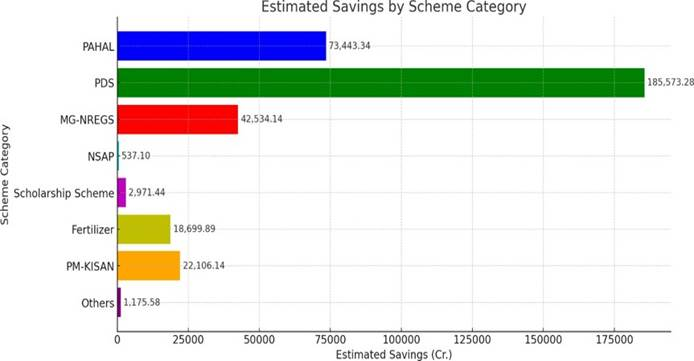Syllabus: GS 3/Economy
In News
- India’s Direct Benefit Transfer (DBT) framework is offering valuable insights for governments worldwide revising their social protection systems.
The Direct Benefit Transfer (DBT) system
- It was launched on January 1, 2013, to reform government welfare delivery by simplifying processes, ensuring accurate targeting of beneficiaries, reducing fraud, and facilitating faster flow of information and funds.
- The DBT Mission, originally in the Planning Commission, was transferred to the Cabinet Secretariat in 2015 for better coordination.
- Jan Dhan, Aadhaar, and Mobile (JAM) form the backbone of the system, enabling efficient and transparent transfers.
- It aims to ensure maximum governance with minimum government, enhancing transparency and accountability.
- It covers schemes like scholarships, subsidies, wages, pensions, and cash for food grains.
- Its scope continues to grow rapidly with the adoption of new programs and digital technologies under the Digital India Programme.

Progress
- India’s Direct Benefit Transfer (DBT) system has greatly improved welfare delivery, cutting fiscal leakages by ₹3.48 lakh crore and making subsidies more targeted.
- The rise in the Welfare Efficiency Index (WEI) highlights DBT’s success in optimizing fiscal resources while expanding beneficiary coverage.
- Savings in sectors like food subsidies, MGNREGS, and PM-KISAN demonstrate the effectiveness of Aadhaar and mobile-based transfers in reducing inefficiencies and misuse.
Sectoral Analysis: DBT has particularly benefited high-leakage programme
- Food Subsidies (PDS): ₹1.85 lakh crore saved, accounting for 53% of total DBT savings. This was largely due to Aadhaar-linked ration card authentication.
- MGNREGS: 98% of wages were transferred timely, saving ₹42,534 crore through DBT-driven accountability.
- PM-KISAN: ₹22,106 crore saved by deleting 2.1 crore ineligible beneficiaries from the scheme.
- Fertilizer Subsidies: Sales of 158 lakh MT of fertiliser were reduced, saving ₹18,699.8 crore through targeted disbursement.
- Subsidies dropped from 16% to 9% of government expenditure, while beneficiaries increased from 11 crore to 176 crore.

Challenges
- Issues with identifying real beneficiaries
- Aadhaar mismatches and biometric failures
- Poor banking access and digital infrastructure in rural areas
- Low digital literacy among beneficiaries
- Overlapping and complex subsidy structures
Suggestions and Way Forward
- India’s Direct Benefit Transfer (DBT) system successfully balances fiscal prudence with social inclusion.
- It offers a global model for efficient, transparent, and inclusive welfare delivery, demonstrating how direct transfers can drive both economic and social development.
- However, challenges like beneficiary identification issues, Aadhaar errors, limited banking access in rural areas, and low digital literacy remain.
- To address these, India should focus on improving data accuracy, expanding rural banking, enhancing digital infrastructure, promoting awareness, and customizing DBT models for specific regions.
Source: TH
Previous article
National Panchayati Raj Day
Next article
MeitY Launches ‘I Am Circular’ Coffee Table Book